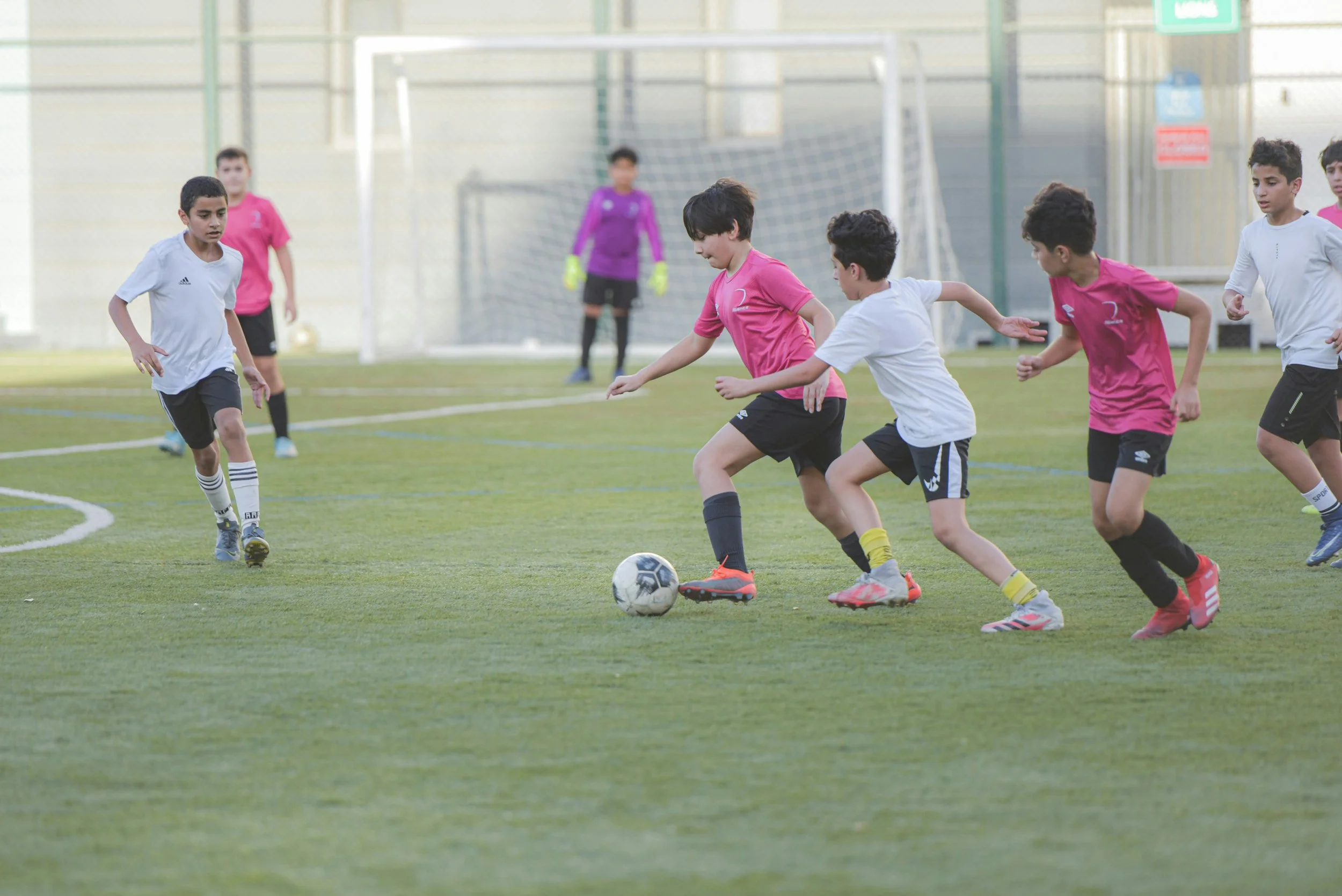The Surefire Way to Build Your Confidence in Soccer
Confidence is integral for success in sports, and most high-level athletes aren’t born with this powerful attribute. Most professional athletes have had to build their confidence from scratch.
Compared to other sports, soccer requires a particular degree of confidence because players are constantly relying on their own decision-making skills to react to the ever-changing game state and navigating unfamiliar situations. It’s the perfect recipe for countless mistakes per 90 minutes.
Fortunately, there’s a certain approach to playing soccer that’s especially conducive to building confidence. It’s all about taking risks.
Why Taking Risks Shows Confidence
As soccer mentors, we’re often asked how coaches and scouts identify truly confident players. In most cases, the tell-tale sign is consistent risk-taking on the field even after making a mistake. Confident players bet on themselves and trust that they will come out on top.
Taking risks exemplifies confidence in several ways.
First, it shows that the player believes in their own ability to achieve a favorable outcome.
Secondly, the player isn’t letting the possibility of an unfavorable outcome inhibit their will to move their team forward. In other words, the player isn’t 100% sure their risk will pay off, but that doesn’t stop them from devoting 100% of their effort to the situation at hand.
Lastly, taking risks shows that the player isn’t afraid of an unfavorable outcome, otherwise they wouldn’t take the risk. A confident player believes in their team’s ability to recover from an unfavorable outcome and win back the momentum.
How to Take More Risks During Play
This isn’t to say that all risks should be taken – dribbling out of our own defensive box isn’t necessarily the risks we should be taking.
When you take risks, you put your physical and technical abilities to the test. If this aspect of your game has been sufficiently developed, you will pass these tests with flying colors, at least some of the time.
Every test you pass - or every risk that pays off - helps your confidence grow, little by little.
For instance, let’s say you’re dribbling up the wing and a defender is coming in for a tackle. In this situation, other players might drop the ball to a teammate because they’re not confident they can get past the defender on their own. No, you’re not 100% sure you can get past the defender, but are you confident in your physical and technical abilities? Then, put yourself to the test and go for it!
Likewise, if you’re in position to take a shot or make an amazing pass, don’t let it go. Your confidence will remain stagnant if you don’t capitalize on opportunities to help it grow.
How to Identify a Risk Worth Taking
When we talk to young athletes about taking risks, they sometimes say to us, “Okay, but how do I know when it’s a risk worth taking?” The only way to know is from experience. How has this situation played out in the past? If you don’t know, then take the risk, find out, and log the outcome in your soccer IQ. Once you’ve already seen yourself take a certain risk, it’s much easier to do it again and take similar risks moving forward.
Another way to know if the risk is worth taking is to ask yourself, “Does benefit outweigh the possible harm?” or, “What’s the worst case scenario?” For the example of dribbling out of your own defensive box: the benefit is I might be able to start a good attack without just clearing the ball BUT the harm is if I lose the ball the other team could easily score. Another one is a winger deciding to dribble 1v1 in the attacking half instead of keeping possession. The benefit is I might create a big opportunity for my team to score while the risk is I lose the ball but can try and win it back right away and I have 6 teammates behind me to help as well.
At Beyond Goals Mentoring, we know that confidence doesn’t come naturally to every athlete. That’s why we’re dedicated to helping young athletes develop the same mindsets as the iconic athletes they admire by training themselves to envision positive outcomes.
So, if your athlete struggles with confidence in high-pressure situations, let’s set up a mentoring session and start building a new internal narrative that ensures they succeed.

